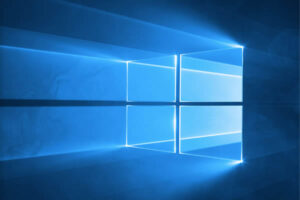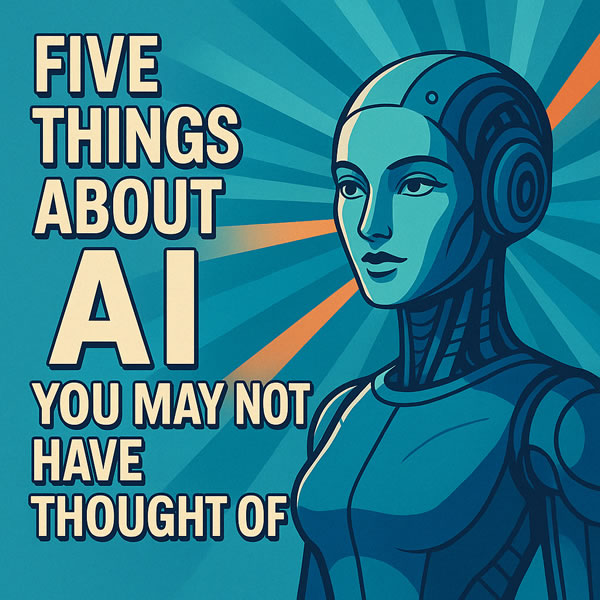 Well, maybe.
Well, maybe.
On July 29th, Microsoft will launch their latest version of Windows, known as “Windows 10.”
What happened to Windows 9? It’s a bit of a mystery. Reality is, actual software version numbers used to track technical changes by Microsoft’s development team are different than the marketing names. Windows 8.1 is technically referred to as Windows 6.3. Windows 10 is technically referred to as Windows 6.4. Remember the “Start Me Up!” launch campaign for Windows 95 with The Rolling Stones? Microsoft stopped using the development version numbers for Windows marketing with that launch.
Confusing? You bet! But don’t let the marketing bother you. Let’s get down to more practical considerations:
Windows 10 will reportedly undo some of the key mistakes of Windows 8 (the Start button is back!). Early reviews suggest it’s a good blend of ease of use and integration of features that work well across different types of devices (PCs, tablets and phones). It’s also the most beta tested software in history, with 4 million testers, so the expectation is it will be a solid product.
My own approach to Windows version upgrades has always been wait and see. Our household relies heavily on Windows 7, because of it’ stability and our lack of need for the touchscreen features of Windows 8.x. My son’s laptop was the family’s first computer running 8.1. He’s rather ambivalent about the touch screen and doesn’t seem to care much for the 8.1 interface. I expect he’ll upgrade to Windows 10 quickly.
Back to the free part. Is Windows 10 free? My understanding is this:
- Home and business users of verified Windows 8.1, Windows 8, or Windows 7 licenses will be offered a free upgrade to Windows 10, for up to one year.
- Windows Vista, XP, 2000, 98 and 95 users are out of luck.
- Retail pricing of Windows 10 will reportedly similar to Windows 8.1.
The strategy with the free upgrade is clear: Microsoft wants a fast adoption of Windows 10. They are in a fight to preserve market share as the lines between traditional desktop computing are increasingly blurred by smart devices running Android and iOS. With Windows 10, Microsoft is trying to make the case that every one of your devices should have the same interface: Theirs.
Since most users with Windows 7 and Windows 8.x will have a one year upgrade window, my advice is: Go slow. In my household and office, I’ll upgrade one, non-critical machine to Windows 10 and see how it works with the software I regularly use. For all of the rest of our PCs, I will wait until at least the release of the first service pack. The potential security risks alone make that a reasonable approach.



